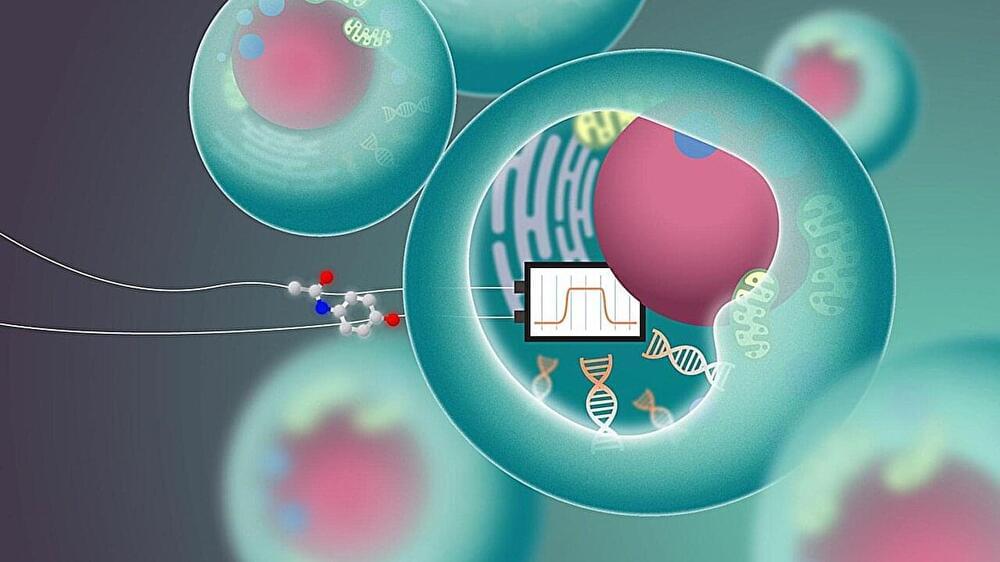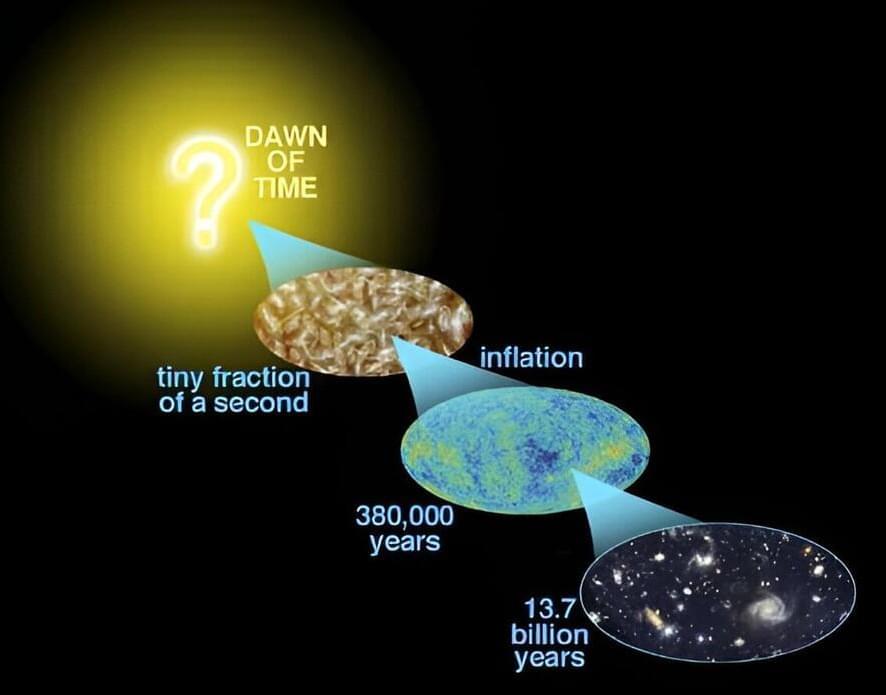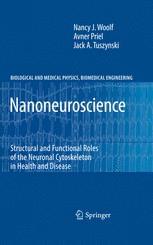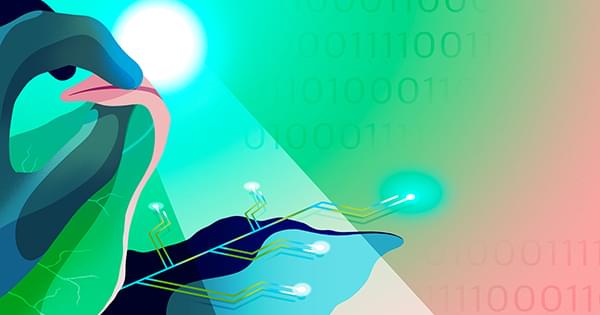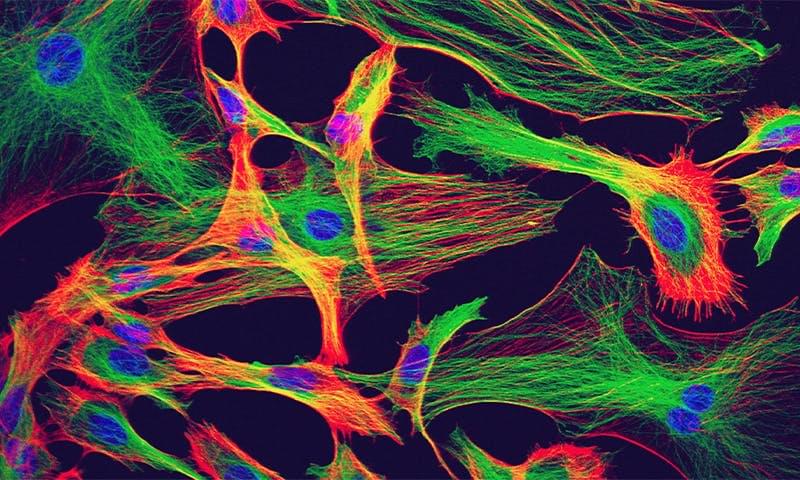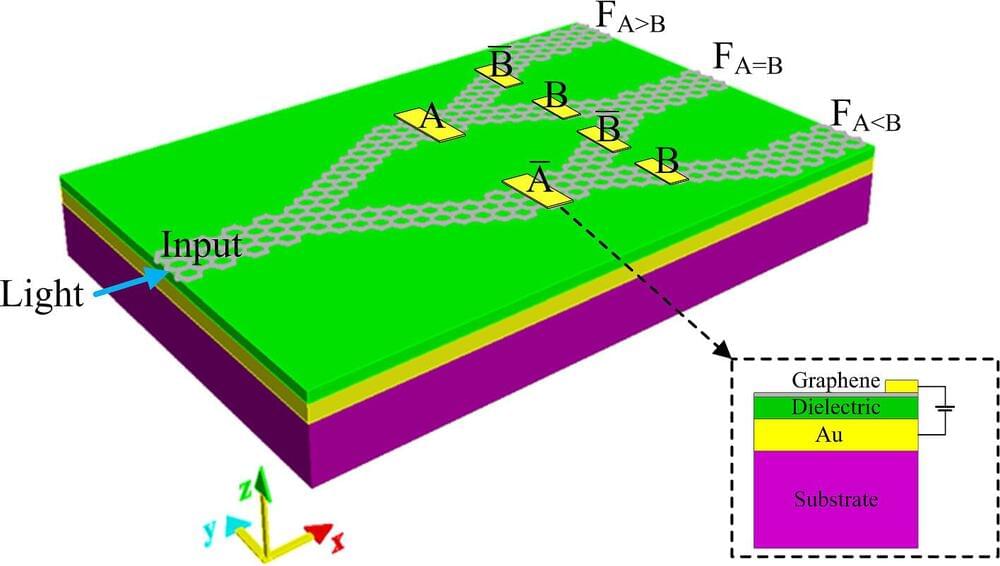
One of the most interesting releases in the recent OpenAI’s DevDay is the GPTs. Essentially, GPTs are custom versions of ChatGPT that anyone can create for specific purposes. The process of configuring a workable GPT involves no coding but purely through chatting. As a result, since the release, a diverse of GPTs have been created by the community to help users be more productive and create more fun in life.
As a practitioner in the domain of physics-informed neural networks (PINN), I use ChatGPT (GPT-4) a lot to help me understand complex technical concepts, debug issues encountered when implementing the model, and suggest novel research ideas or engineering solutions. Despite being quite useful, I often find ChatGPT struggles to give me tailored answers beyond its general knowledge of PINN. Although I can tweak my prompts to incorporate more contextual information, it is a rather time-consuming practice, and can quickly deplete my patience sometimes.
Now with the possibility of easily customizing ChatGPT, a thought occurred to me: why not develop a customized GPT that acts as a PINN expert 🦸♀️, draws knowledge from my curated sources, and strives to answer my queries about PINN in a tailored way?

